Historical Sites
Tunisia is chock full of history. We only scratched the surface.
Carthage Ruins – Very interesting and helpful in putting the history of the Mediterranean region into context. Carthage was a big city and there are many sites worth visiting, including the baths, villas, port, forum, amphitheater and aqueduct. Transportation (taxi or van) is needed between most of the sites. We recommend hiring a guide – otherwise you’re just looking at a bunch of ruins. See our recommendations below.
Dougga – a 2-hour drive from Tunis through rolling hills and farm fields
Well preserved Roman ruins. It is helpful to have a guide walk you through this ancient city, but not imperative.
Local guides will generally drive their clients to and from the site. Alternatively, you can rent a car and tour the site yourselves.
Zaghouan – a mountain to the south of Tunis, was the water source for Carthage. The water flows a total of 132 km (at an 11-degree slope), making it among the longest aqueducts in the Roman Empire. It can be combined with a visit to Dougga.
El Jem Amphitheater (aka Thysdrus Amphitheater)
The second largest amphitheater in the ancient world, after the Colosseum in Rome. We did not visit, but we understand it is very impressive as it is almost as large, but better preserved.
See more in this post.
Tunis/Sidi Bou Said
Tunis is the capital and economic hub of Tunisia. While there are a few things to see downtown, most visitors opt to stay in the picturesque coastal town of Sidi Bou Said, near La Marsa.
Shopping
The Medina (Souk) of Tunis is not a must see. We’ve heard there are a few stalls with “gems” like old tiles and jewelry stores, but it’s hard to know which to trust. Many of the stores sell cheap items made in China, similar to what you’d find in a swap meet.
Higher quality Tunisian items can be found In the back streets of La Marsa.
Sidi Bou Said and La Marsa
Sidi Bou Said is a charming seaside town known for its blue and white houses and cobbled streets. The al fresco cafes, Tunisian eateries and small art galleries make it a delightful place to be based in Tunis.
La Marsa is next door. It isn’t as beautiful and doesn’t attract as many visitors, but the shops are well curated and the restaurants are very good.
Both towns are 30 minutes from the airport and downtown.
See more in this post.
What to do
Ennejma Ezzahra Palace – The Palace of the Baron d’Erlanger. He was responsible for getting the city to paint its buildings white and blue. The interior of the building is beautiful, hosting Tunisian craftmanship everywhere. It also houses an in-depth museum of north African music instruments. If your timing is good, you can attend a concert in the house.
Abdelliya Palace was the summer residence for the Muradids and Husainids in the 17th and 18th century. The local neighborhood is more interesting than this nearly forgotten historical palace
Scooter around La Marsa
Get lost walking in the alleys of Sidi Bou Said
Take the TGM train between Sidi Bou Said and La Marsa- A truly local experience.
Visit the North African American Cemetery and learn about the US’ North African campaign, which started four years before D-day
Tozeur
Most Tunisians drive 7 hours to Tozeur from Tunis (or 5 from Djerba). Rather than drive from Tunis, you may want to consider flying. Flights run a few times a week.
Tozeur has a special energy that comes from the warm and welcoming people. Some (but not too many) foreigners are re-vitalizing the city center and opening boutique hotels. Tozeur is known for its people and their hospitality. Be sure to spend time chatting with them as you explore the town.
There is enough to do to spend 2 nights in Tozeur
See more in this post.
Tour Oasis by Horse Drawn Carriage. With a lot of water, it is amazing what is grown in the middle of desert. Jamel set us up with his friend Slim (who doesn’t have a What’sApp account.) I’m sure your hotel can connect you with a cart and driver.
Walk through the Medina of Tozeur. The narrow walkways are stunning.
In the medina is the Sidi Ben Aissa Archaeological and Traditional Museum. The docent’s stories give you an insight into growing up in a large family within a small village community.
Nearby, Visit natural oases and local Amazigh (Berber) villages of Chebika, Tamerza, and Mides.
Visit Star Wars sets and enjoy a 4-wheel drive bash through the desert. We used T. R. Touristique (They don’t have an internet presence), which was arranged by our guide, Jamel.
See more in this post.
Kairouan
Despite the transfer of the political capital to Tunis in the 12th century, Kairouan remained the Maghreb’s principal holy city. Its rich architectural heritage includes the Great Mosque, with its marble and porphyry columns, and the 9th-century Mosque of the Three Gates. For Muslims, 7 trips here are said to equal one hajj to Mecca.
We toured the Great Mosque, the Mausoleum of the Barber and the Aglabid Basins.
It is worth visiting as it provides an insight into the Arabic history of Tunisia. However, the city isn’t set up for tourism. The hotels are old and dingy and the town center doesn’t really embrace tourists. We stayed here because it’s a good way to break up the drive from Tunis to Tozeur.
See more in this post.
Chott el Jerid
Tozeur and Douz sit on the edge of the Chott el Jerid, the world’s largest dry salt lake bed. We’ve been told that Douz has its own character, but we didn’t stop to enjoy it.
Glamping at a Desert Camp
This was arranged through Jamel. Mid-morning, we rode out on camels for 2 hours. We had lunch, dinner and breakfast at camp. The food was good, but not gourmet.
We stayed in warm, spacious tents. We had blankets, but no sheets. The bathrooms were a short walk away and shared by everyone in the camp, including the staff. At the time of our trip, the camp didn’t have showers.
It was relaxing. We read books and played cards. There weren’t any other guests when we were there, but the camp is set up for many more.
Berber Villages
We visited the villages of Tamezret, Matmatat, Toujane, Medenine, Chenini, Ksar Hadada and a few others. We saw many examples of troglodyte dwellings, as well as other features like granaries. We also saw many of the locations and sets used in several Star Wars films. One of the best known, the Hotel Sidi Driss, looks tired and trampled over. We much preferred the Hotel Ksar Hadada. It has been recently renovated and the food and rooms were much better.
See more in this post.

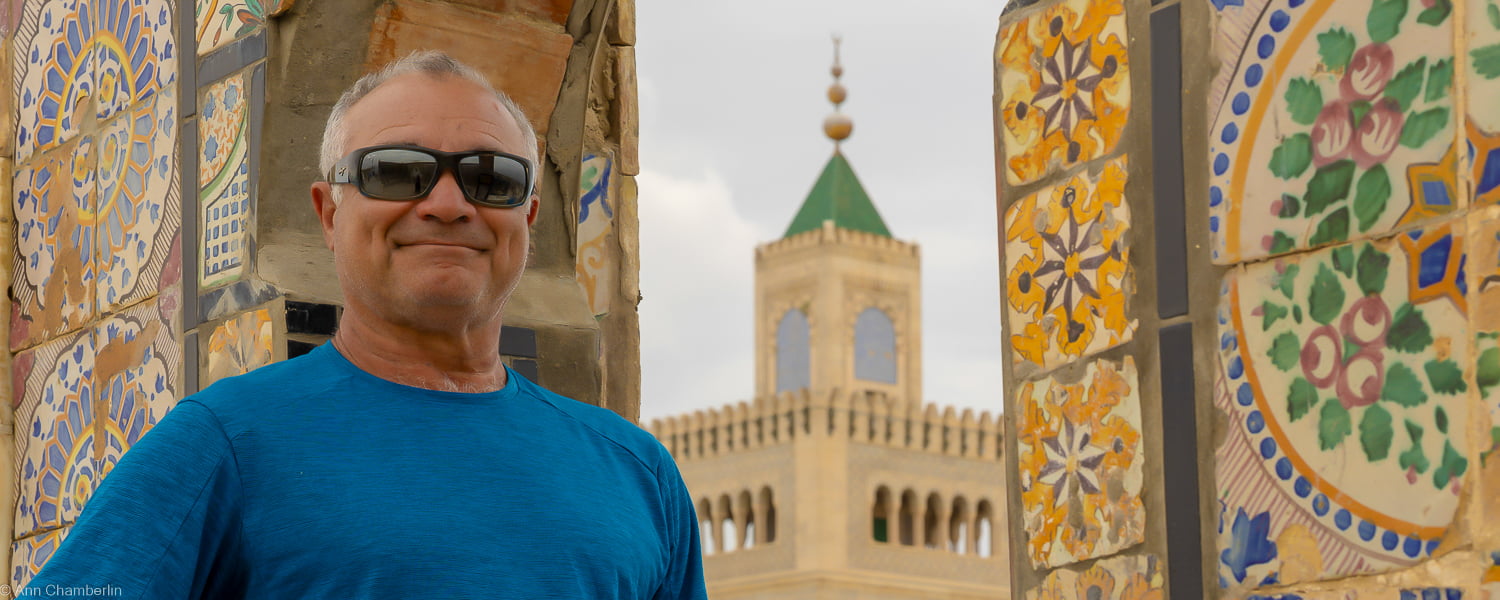


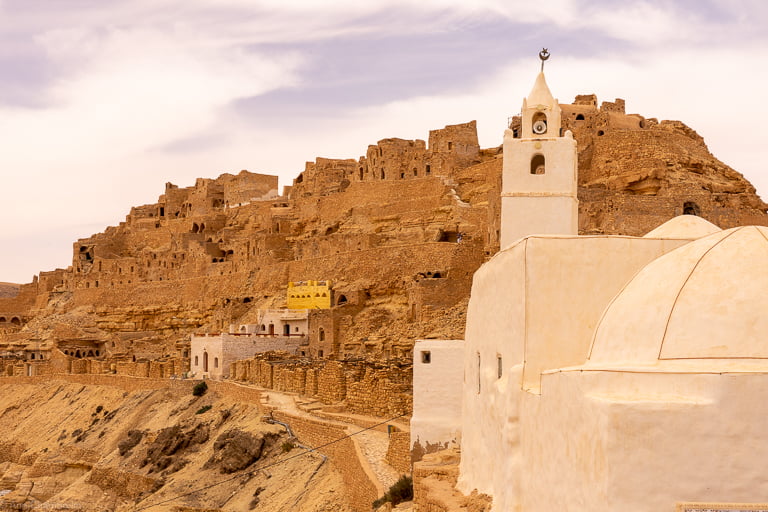
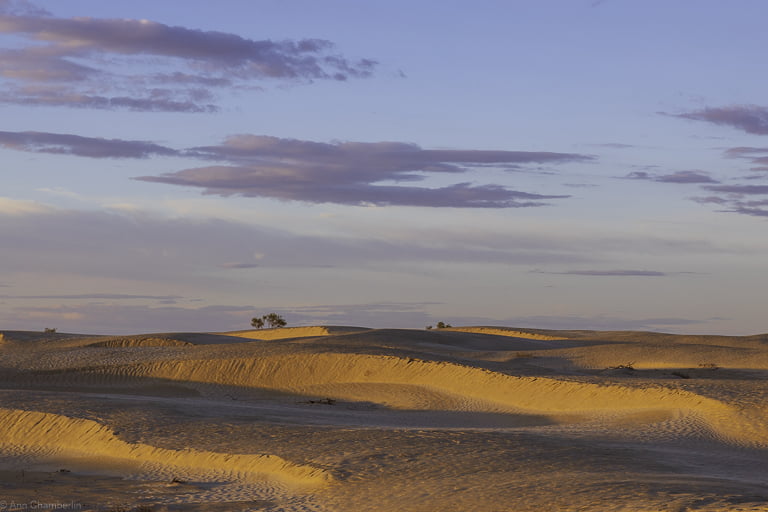
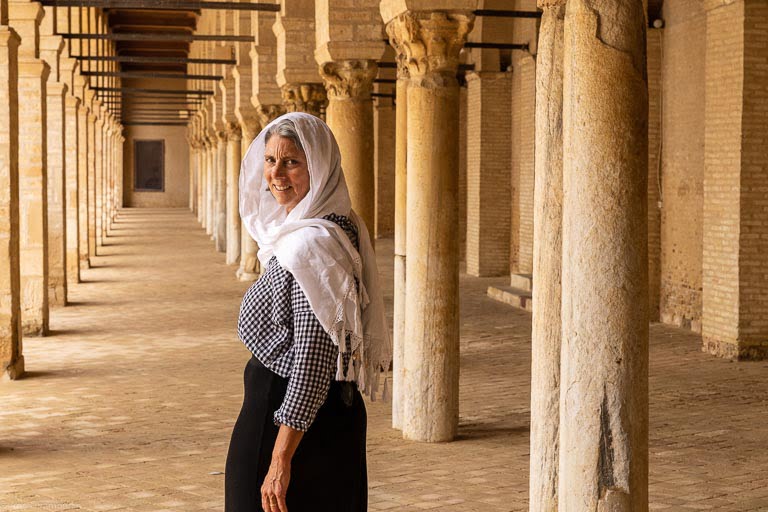
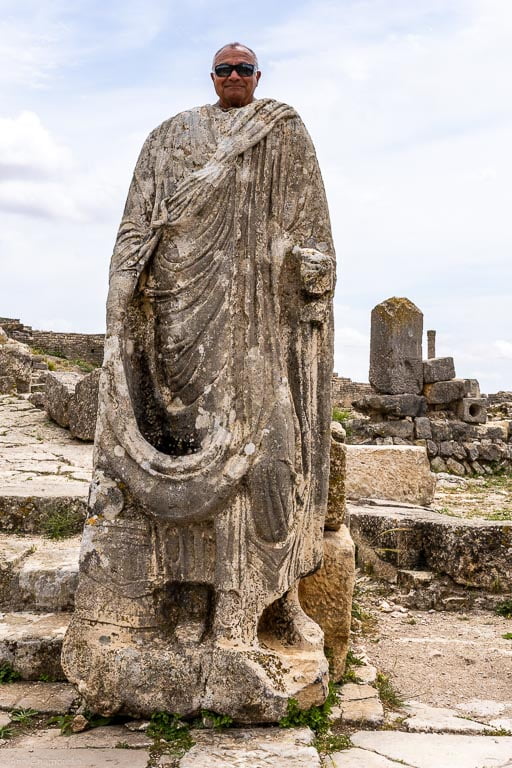

gail
So helpful – thanks gg
boyarka
Hi there, just wanted to tell you, I loved this blog post. It waas practical.Keep on posting!